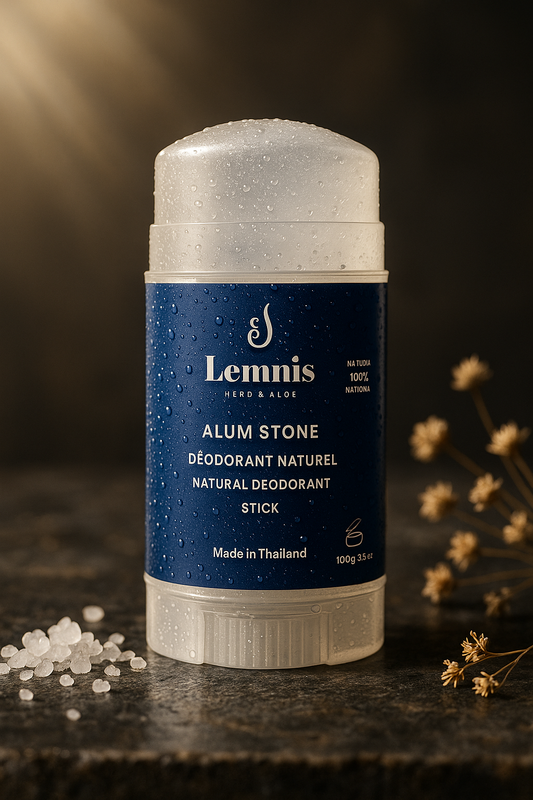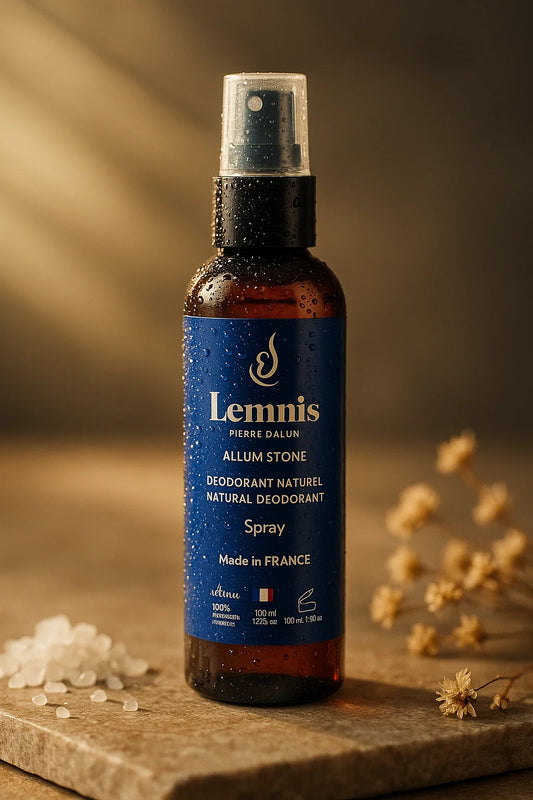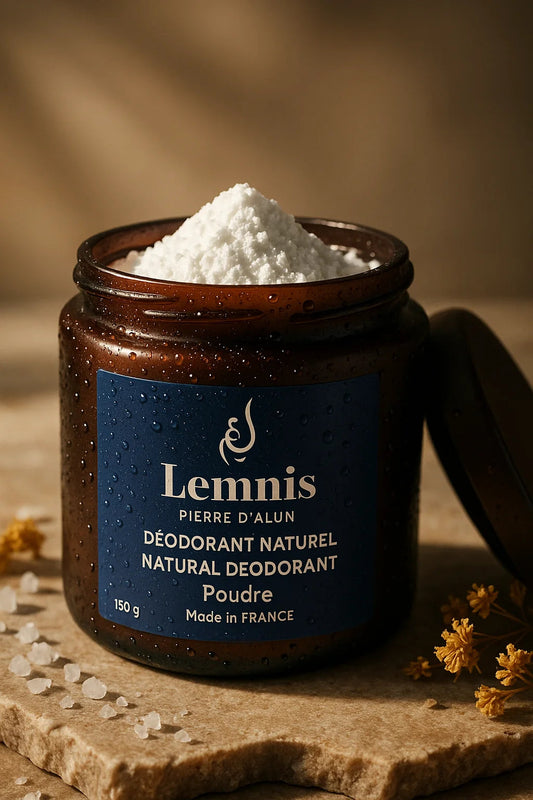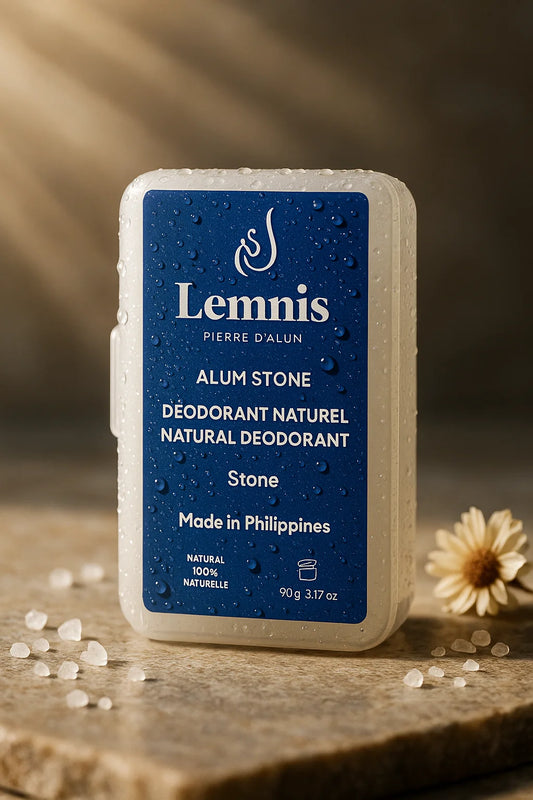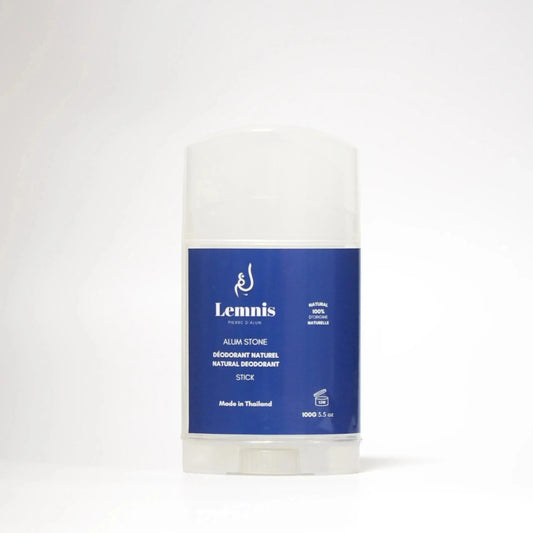
Alum Stone Against Mycosis
Share
Alum stone against fungus: a natural and effective solution?
When we talk about natural solutions to fight fungal infections, one name comes up more and more often: alum stone . Used since ancient times for its antiseptic and astringent properties, this mineral stone is now attracting renewed interest, particularly for treating fungal skin infections such as mycoses. So, is alum stone really effective against fungal infections ? Let's take a look.
What is alum stone?
Alum stone is a natural crystal composed of mineral salts , including double aluminum and potassium sulfate . It is often used as a natural deodorant , but its virtues go far beyond that. Antibacterial, anti-inflammatory, hemostatic: alum stone has more than one trick up its sleeve.
Alum stone against fungus: how does it work?
Mycoses are caused by microscopic fungi that thrive in warm, moist environments. This is often the case between the toes, under the armpits, or in skin folds. Alum stone , thanks to its drying effect and antifungal properties , can help limit this proliferation.
How to use it?
- Wash the affected area thoroughly with mild soap.
- Dry well, as moisture promotes fungus.
- Lightly moisten the alum stone and apply it directly to the affected area.
- Leave on without rinsing.
- Daily use for a few days can help soothe itching and slow fungal growth.
Real effectiveness: what do users say?
Many people report a visible improvement in symptoms , especially for athlete's foot . Of course, this is no substitute for medical treatment in severe cases, but for mild to moderate forms, alum stone for fungus appears to be a natural and affordable alternative .
Precautions to take
- Use natural alum stone (not synthetic ammonium-based).
- Do not apply to open or infected lesions.
- If symptoms persist or worsen, consult a healthcare professional .
Conclusion
Using alum stone against fungal infections is a natural option to consider, especially for minor superficial infections. With no major side effects and easy to use, it deserves its place in a preventative hygiene routine. However, it remains a complementary aid and does not replace medical advice.

